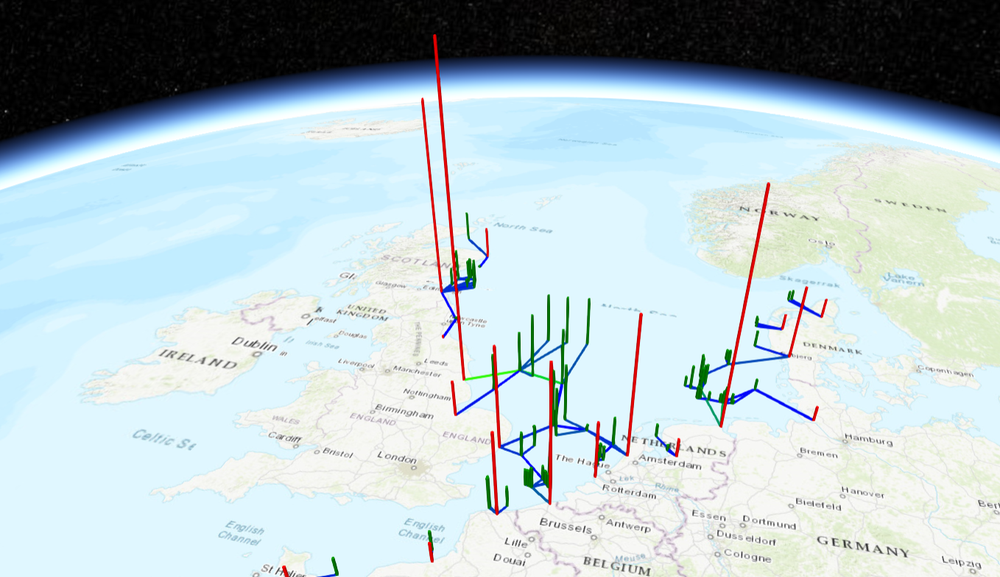The PROMOTioN project is a multidisciplinary project with a large amount of partners. The contribution of WP1 is to bring together all these disciplines and different organizations and develop a shared understanding of the complexities of developing a meshed DC grid offshore. As all other work packages that started in year 1 have a smaller scope (e.g. focusing on a particular parts such as DC circuit breakers, DC circuit breaker testing, protection, finance & regulation etc.), WP1 was the place to discuss the overall view and the complexities of putting everything together. By having these discussions the WP laid important groundwork for the PROMOTioN project and particularly the outcomes that will come at the end of the project.
The first deliverable (D1.1) defined a qualitative set of requirements for meshed offshore grids. Furthermore, WP1 performed a literature review (D1.3) to harvest the knowledge accumulated by other studies, and compiled the lessons learned from real-life projects (D1.2). Jointly, these tasks ensured an optimal absorption of prior meshed offshore grid knowledge into the PROMOTioN project and its consortium. With this data, WP1 delivered preliminary grid topologies, supported by a simplified Cost Benefit Analysis (D1.4). These basic topologies were not intended as final grid structures, but as common test topologies, which can be used for modelling purposes throughout the project. Furthermore, this work package delivered a starting set of quantified requirements. These requirements are also not set in stone, but are, as were the topologies, used as a common starting point (D1.5). WP1 concludes with a revision of the requirements of D1.1 and D1.5 in a combined and updated set of requirements, based on the progress in the project, in Deliverable 1.7 (Quantification List).
By delivering all this work, the work package aggregated existing knowledge, created a common starting point for the entire project, and initiated the development of an overall picture. Due to the large amount of different organizations and backgrounds in the consortium it is really easy to have miscommunication about definitions and objectives. The work package played an essential role in bringing the whole consortium together and to create a common understanding. For example, one of the key objectives of the Work package was to define requirements for Meshed Offshore Grid. This has a very different meaning for someone with an engineering background compared to someone from a financial background. One of the key contributions of D1.1 was delivering a framework making explicit what was meant by requirements, and how to approach the work of defining these requirements. Another key contribution of work package one was to kickstart the entire PROMOTioN project. Large consortia with 4-year projects have a tendency to start off slow, by delivering concrete work already after 4 months, the consortium was forced to get out of the starting block quickly. Therefore important part of the results of WP1 is actually intangible, and only shows in the fact that there is alignment between different work packages and a common starting point.

